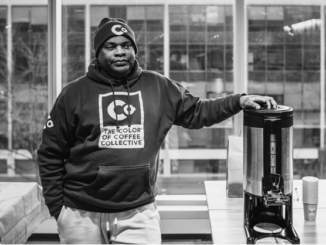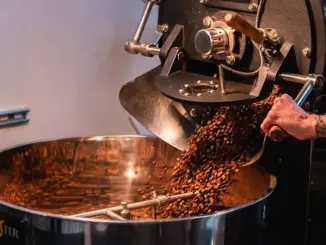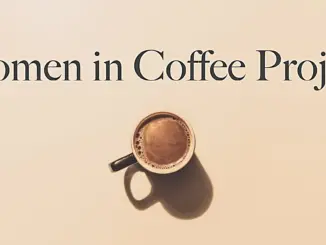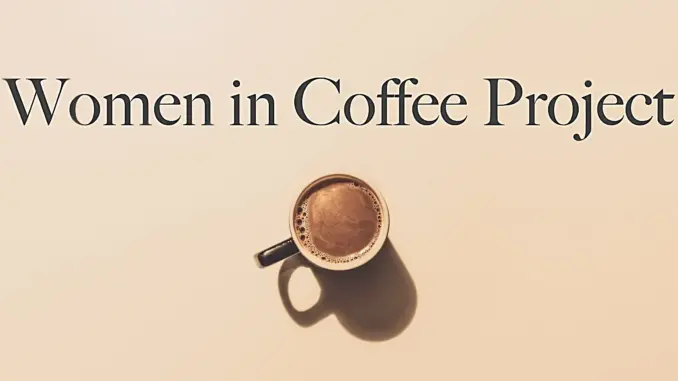
Amaris Gutierrez-Ray talks about what’s behind the Women in Coffee Project, which aims to give more visibility to the experiences of women in coffee.
BY TANYA NANETTI
SENIOR ONLINE CORRESPONDENT
Featured photo by Jakub Dziubak via Unsplash
Seeking to create community among women in coffee, Amaris Gutierrez-Ray created the Women in Coffee Project (WICP), a movement that advocates for gender equity in the coffee community through various projects that connect women around the world. In part one of this interview, we talk to Amaris about launching the organization, its areas of focus, and much more.
Editor’s note: This interview has been edited for length and clarity.
Barista Magazine: Hi Amaris! To begin with, I would like to know more about you and the Women in Coffee Project. How did the project come about? Why? Who was Amaris before and who is she now?
Amaris Gutierrez-Ray: The whole story probably started with my upbringing as a biracial child (half Nicaraguan and half American) in a large, religious immigrant family. I had many examples of strong women in my life. Both my mother and grandmother chose to leave their home in search of something, anything, that was better than what was happening in their country. Above all, my grandmother was someone I admired: endlessly creative and silly, but also a hard worker and serious when life got serious.
So, early on I saw these pressurized opposites. The narrative of immigration in the U.S./the South was different than what I experienced; the narrative of women being less than the male head of the household was totally incorrect from what I could see … even the narrative of what Latin America was like in the movies was different than what I knew. This taught me to trust my own instincts and experiences and not what others thought, pushing me to pursue higher education and become eager and curious about what else was off-kilter in the rest of the world.
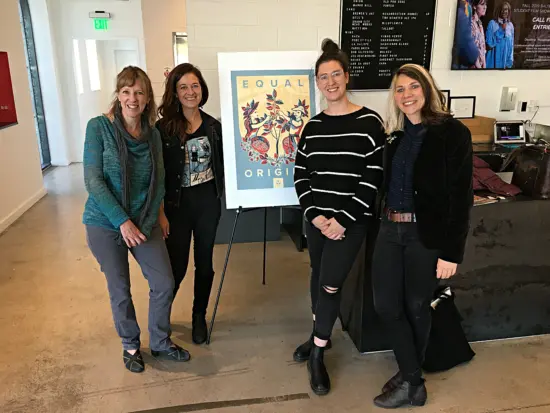
I had been working in coffee through undergrad and grad school, and found it to be a place where everything comes together—the global story of human migration and displacement, the history of the world, economics, culture, and how we pass information on to future generations. It never ends.
After a while I wanted to discover the experience of women in coffee. I couldn’t find as much as I wanted, and this discovery led me to create the organization I wanted for myself and for the sector. It was clear there was a gap and I felt I had the energy to address it. Now, many years later, I am even more amazed at the way women around the world are able to be so many things at the same time: run their businesses and take care of their families, while finding the emotional energy to give to others to create a stronger future.
Let’s talk about WICP. If you had to describe the purpose of the project in a short paragraph, how would you describe it?
The purpose of WICP is to bridge the gap between roasters and producers in order to give more visibility to the experiences of women. Women aren’t a monolith, and neither are the countries where coffee is grown. For a long time, the systems of oppression benefitted from marginalized groups such as women living and working in silos.
We aim to create community around this topic of equity and come together to share in ways that are beneficial to everyone. Our main avenues for doing that are through the Careers in Coffee Project (where we host virtual panel events to discuss development pathways and how women are much more likely to create their own opportunities), the Story in Coffee Project (where we conduct and publish interviews with women in coffee-growing countries), and La Molienda (an annual Secret Santa type gift exchange to celebrate women-produced coffees and the roasters that buy them). What’s good for women is good for everyone!
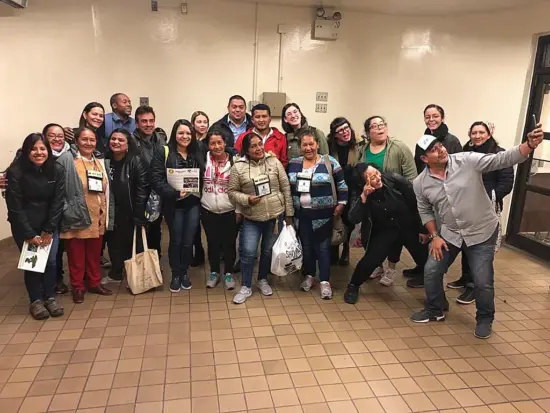
The small team behind WICP is a self-described small group of activists that volunteer for the project. How many are currently on the team? Are they all women? What does it mean to be a volunteer for WCP? And how does this “activism” work?
I’m the only full-time member, but I benefit greatly from a wide group of collaborators. I’m currently working on a project with Stephanie Welter-Krause, founder of Swelter Coffee, and Giselle Barrera, founder of Latinas in Coffee. Through this project, we have found a beautiful friendship, even though we work in different coasts and countries.
Lane Mitchell, an incredible advocate for gender equity who supports and engages with many organizations, is also an incredible ally and collaborator. Whenever I have an idea for a virtual panel event, too, I collaborate with individuals or groups of women—the IWCA chapter in Copan, Honduras, for example. Volunteering is event or project-based and can include hosting an interview, coordinating an event, sharing articles or podcasts, translating live for a Spanish language panel, and much more.
Does the WICP focus only on women in coffee-growing countries, or also on women throughout the coffee supply chain?
The focus has always been on women in supply streams from logistics to growers, not as much on women in roles in the U.S. This isn’t because I don’t feel there’s a need! Quite the opposite, actually. When I was reading about social impact, it seemed like the best way to reach any kind of measurable or actually attainable goals was to narrow my focus, and I don’t regret it. I also feel like there are many amazing organizations here that create space and visibility for women and nonbinary coffee professionals, and a strong culture of women advocating for themselves—a powerful type of energy I’d love to extend further through WICP. But of course, I have thrown events for folks here. Last year I threw a party called CHINGONXS IN COFFEE because I was at a point where I was feeling a little tired of attending events that didn’t feel like they were designed for me or for us (there’s a strong Latinx community in coffee here in NYC). There is nothing like feeling recharged from being surrounded by a group of people who share aspects of your identity. It’s a type of healing that resonates with other women.
Stay tuned for part two of this interview tomorrow on Barista Magazine online.
ABOUT THE AUTHOR
Tanya Nanetti (she/her) is a specialty-coffee barista, a traveler, and a dreamer. When she’s not behind the coffee machine (or visiting some hidden corner of the world), she’s busy writing for Coffee Insurrection, a website about specialty coffee that she’s creating along with her boyfriend.


